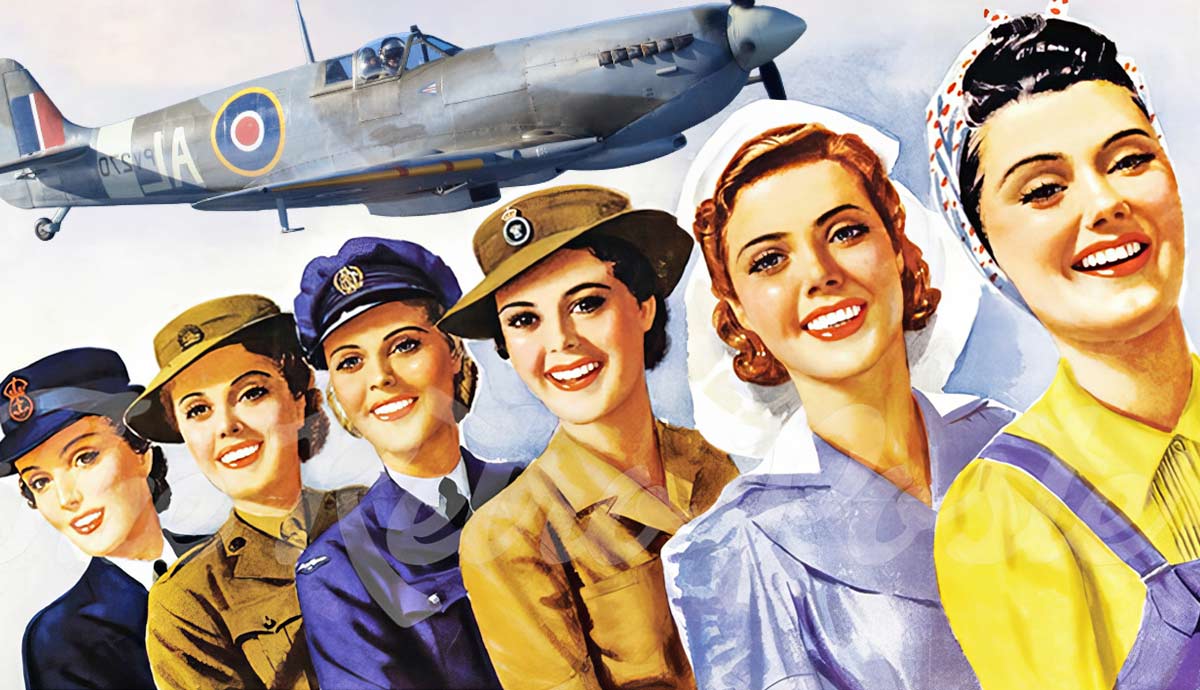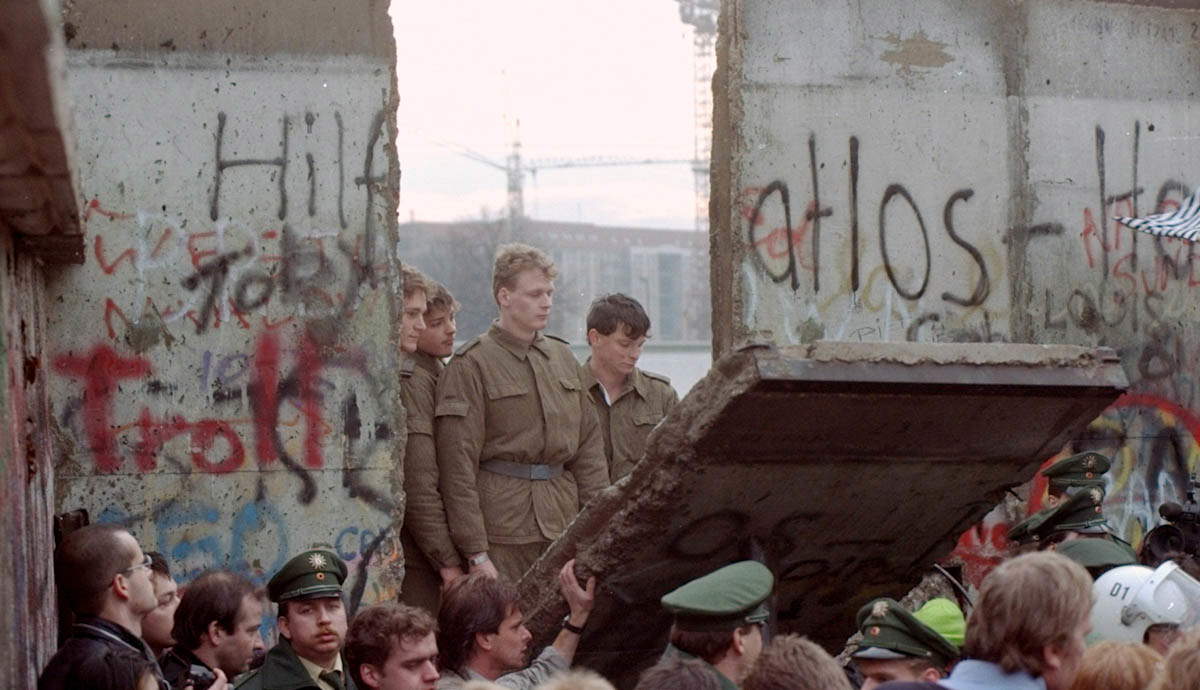
The exact number is unknown, but World War II involved more combat soldiers than any previous war; the count ranges from 70 million to 100 million. The Great War came close but did not surpass the later conflict. Due to these high numbers, huge gaps appeared for all industries and fields, whether civilian or military. Women stepped quickly into these roles. Besides traditional roles like nurses or secretaries, many became welders, drivers, pilots, or even soldiers.
Second Time Around

For the first time, World War I found women replacing men in various positions. They took non-combatant spots like clerks, drivers, nurses, and dangerous jobs. In the U.K., women who worked in munitions factories became known as “Munitionettes.” World War II, a much larger conflict, needed more women employed than in the Great War. Women, by the thousands, sought employment.
New War, New Roles

What roles women took on varied by country; attitudes differed for each. Some forbade service in combat, like Great Britain or the United States. The Soviet Union had no reluctance, and many women served as pilots, snipers, and even tank crew. Statistics show the percentage of manufacturing roles that women stepped into. In the U.S., 19 million women were hired, or thirty-six percent overall. For Great Britain, women dominated industries such as munitions, chemicals, and machine tools.
Nazi ideology actively discouraged women from anything but domestic roles only as mothers and child-rearing. But the War had other plans—thousands of women filled in gaps from domestic workers to prison guards, and farm laborers.
World War II offered women opportunities that the Great War had not. New technologies created prospects, like radar, and previously closed roles became available due to war needs. All Western countries kept up one rule – no women in direct combat.
The RAF

Radar, a new technology in 1940, created openings for women in the Royal Air Force as plotters or air traffic controllers who vectored night fighters to their targets. These women were typically officers, competent and highly trained. Women were accepted into anti-aircraft units, operating the guns and searchlights. Unlike the Great War, planes played an integral part. The U.S. remained the only combatant not to see bombers in its skies. These companies ringed any spot deemed as a target, thus requiring lots of personnel. In the U.K., 190,000 women served, freeing men for frontline use.
Women were barred from flying in World War I, but that attitude changed fortunately for World War II. The Royal Air Force and U.S. Army Air Force quickly organized two organizations starting in 1939-the Air Transport Auxiliary (ATA) and Women Airforce Service Pilots. Each required at least one hundred hours of training. Women pilots ferried planes for repair, ferried them to where needed, performed target towing, and conducted flight checks. Female pilots freed up their male counterparts to fight.
Industrial Jobs

Industrial roles in shipyards, factories, and plants required women workers, unlike the small numbers employed in World War I. Women mechanics, riveters, and welders filled the vacancies left behind or created by wartime demand. Others, like canteen workers, became vital. As labor shortages occurred, munition factories were ever busy and dangerous, becoming a woman’s job.
The Manhattan Project

A lesser-known but vital role that women had part in was the Manhattan Project – the atomic bomb program. Besides the expected administrative jobs, women became technicians for measuring devices, lab work, and a few scientists. Women scientists like Lilli Hornig and Chieng-Shung Wu contributed to the atomic program. Lilli Hornig’s suggestion is why the A-bombs tests were conducted in desert locations and not close to populated spots.
On the Front Lines

Not all women served on the home front. American and British nurses often served behind the frontlines, treating evacuated soldiers. Some were killed in action. The Soviet Union and occupied nations offered equal combat opportunities. These women faced combat, death, and even torture.
More Soviet women soldiers fought than any others. The Red Army also contained skilled sniper units. They knew the Germans took no female Soviet soldiers’ prisoner-their participation was considered barbaric. The Red Air Force allowed women combat pilots, even squadrons. During the war, these courageous pilots flew 30,000 sorties and even two fighter aces.
Women intelligence agents often parachuted behind enemy lines, ambushed German troops, or passed information along. Like their Soviet counterparts, they risked torture and death. Looking at the final tally, World War II, despite its cost and destruction, broke traditional molds for women. For the first time, they took on roles successfully, proving their worth.










